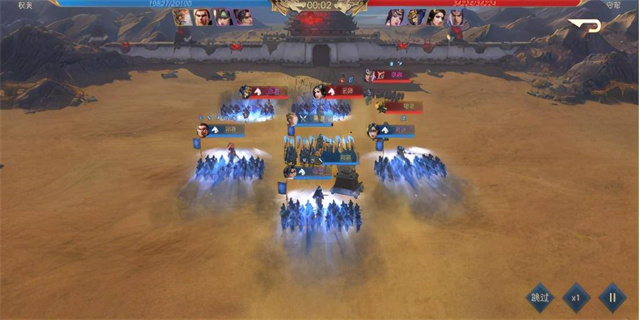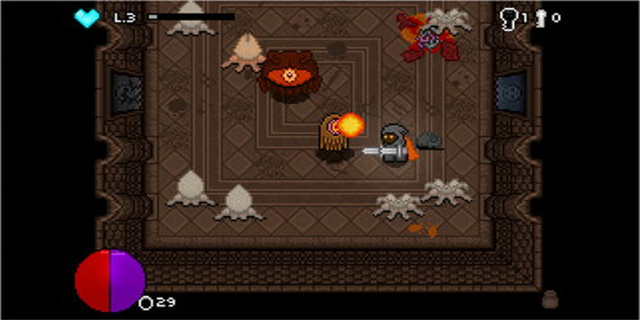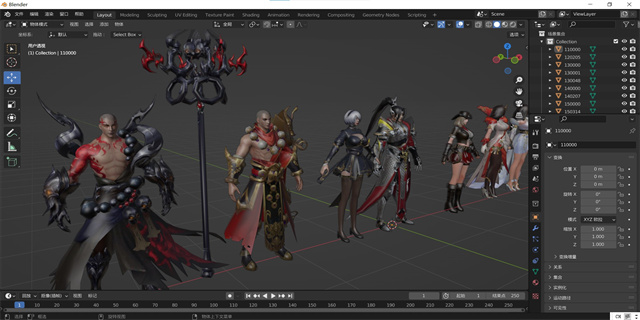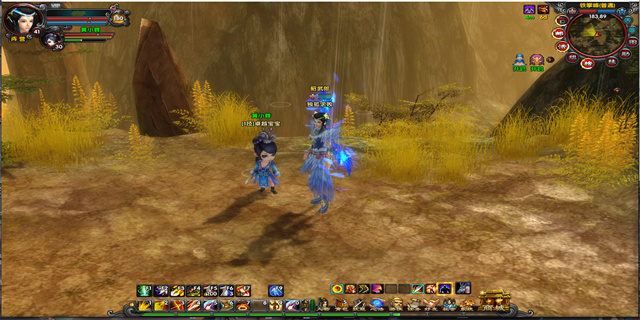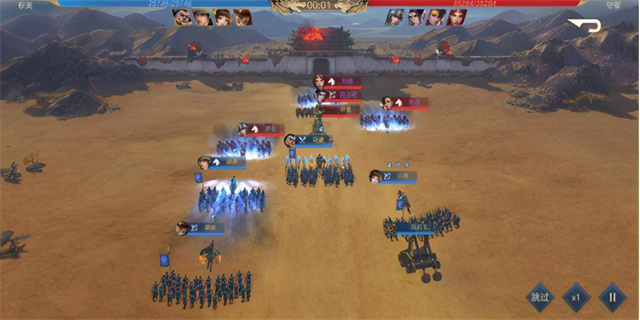windowsvista(Windows Vista)
Windows Vista
Introduction
Windows Vista was a version of the Windows operating system developed by Microsoft. It was released worldwide on January 30, 2007, and was the successor to Windows XP. Windows Vista introduced several new features and improvements over its predecessor, aiming to provide a more secure and user-friendly experience for its users. However, it also faced criticism for its hardware requirements and compatibility issues.

New Features and Improvements
One of the main goals of Windows Vista was to enhance the security of the operating system. It introduced User Account Control (UAC), which provided users with better control over administrative tasks and helped prevent unauthorized changes to the system. Windows Vista also included Windows Defender, a built-in antispyware program, and improved firewall protection.

Another major feature of Windows Vista was the redesigned graphical user interface (GUI) called Aero. Aero brought a new visual style with transparent window frames, smoother animations, and live thumbnails. It also introduced the Windows Flip and Windows Flip 3D features, allowing users to navigate through open windows in a more efficient and visually appealing manner.
Compatibility Issues and Hardware Requirements
While Windows Vista brought several improvements, it also faced criticism for its hardware requirements and compatibility issues. Many older computers struggled to meet the minimum system requirements, leading to slower performance and limited functionality. Additionally, some pre-Vista software and hardware devices were not compatible with the new operating system, causing frustration for users who had to upgrade or replace their existing devices.
Furthermore, Windows Vista initially faced problems with device drivers. Many hardware manufacturers struggled to develop stable and reliable drivers, resulting in compatibility issues and system crashes. However, Microsoft addressed these concerns over time by working closely with hardware manufacturers, releasing updates, and providing better driver support.
Legacy and Successor
Despite its initial challenges, Windows Vista paved the way for future versions of the Windows operating system. It introduced important security features that set the foundation for Windows 7 and subsequent versions. The Aero interface also influenced the design of Windows 7 and Windows 8. While Windows Vista may not have achieved the same level of popularity as its successors, it played a crucial role in Microsoft's continuous efforts to improve its operating system and cater to the evolving needs of its users.
In conclusion, Windows Vista was an important release in the history of the Windows operating system. It brought significant improvements in terms of security and graphical user interface. However, it faced criticism for its hardware requirements and compatibility issues. Despite these challenges, Windows Vista's legacy lives on in the subsequent versions of Windows, and it undoubtedly played a pivotal role in shaping the modern Windows operating system.


